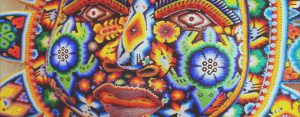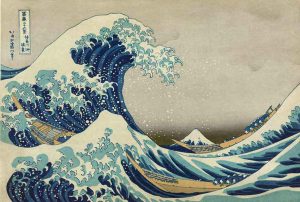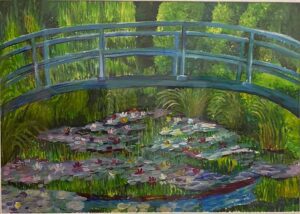Vincent Van Gogh is one of the most renowned artists of all time, and his Starry Night Over the Rhone is one of his most celebrated masterpieces. Painted in September 1888, this beautiful artwork captures the magic of the night sky over the Rhone River in Arles, France. In this blog post, we’ll explore the story behind this painting, its techniques, and its themes.

The Technique
One of the most striking aspects of Starry Night Over the Rhone is its technique. Van Gogh used thick, impasto brushstrokes to create a vivid, textured surface that captures the essence of the night sky. The colors he used are also remarkable, with a rich palette of blues, greens, and golds that blend together to create a sense of movement and depth.
Another interesting technique that Van Gogh used in this painting is the concept of light. By using light as a subject in itself, he was able to convey a sense of emotion and mood. The stars, for example, are painted in a way that makes them appear to be twinkling and dancing, while the reflections on the water give a sense of movement and life.
The Themes
While the technique of Starry Night Over the Rhone is impressive, its themes are just as important. One of the key themes of this painting is the relationship between man and nature. The river, sky, and stars all come together to create a beautiful and harmonious scene, one that speaks to the power and majesty of the natural world.
Another important theme in this painting is the idea of hope. Despite the dark and mysterious nature of the night sky, there is a sense of optimism and wonder that shines through. The stars, in particular, seem to represent the hope and dreams of humanity, twinkling in the darkness and lighting the way forward.
Facts About This Masterpiece
- “Starry Night Over the Rhone” was included in the 1889 Society des Independents exhibition in Paris, and was one of only a few Van Gogh works that were publicly displayed before his death.
- Unlike Starry Night and Café Terrace at Night, “Starry Night Over the Rhone” misplaced the Big Bear constellation in the sky.
- In Arles, the gas lights and their reflections in the river were a new phenomena. Paris had only been illuminated at night since roughly 1853.
- The thick brush strokes and texture in the work were described as “ferocious impasto” by critic Georges Lecomte, a contemporary of Van Gogh.
- The locations where Van Gogh set up his easel to paint plein air are now part of the Arles Van Gogh Tour.
- In “Starry Night Over the Rhone,” Van Gogh emphasizes the brightness of the lights, implying their harshness in the natural landscape, by using the complementary hues blue and yellow.
- Of terms of warmth, the blue and yellow tones in the artwork complement each other. Van Gogh effectively communicates how the heat of the lights sears on the chilly water by juxtaposing yellow and blue.


